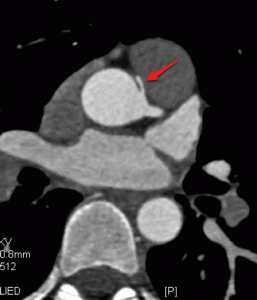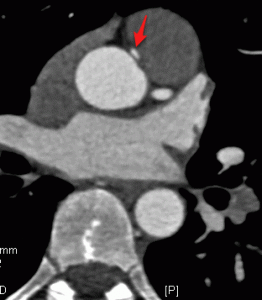A very comprehensive review from an eminent group of authors appeared in EHJ recently.
Non-invasive anatomic and functional imaging of vascular inflammation and unstable plaque
It covers:
-
Pathobiology of plaque, including lipid accumulation, oxidation, inflammation, matrix breakdown, apoptosis and calcification (both macro- and micro-).
-
Imaging techniques PET, SPECT, CT, MRI and ultrasound
There were some interesting comments on the increasing use of FDG PET imaging for detection of inflammation in atherosclerosis : -
Despite these attractions, some issues require resolution before embracing FDG uptake in this regard. Firstly, only limited prospective data correlate FDG uptake, or changes in FDG uptake, with cardiovascular events or altered rates of such complications,42 and we eagerly await the results of larger prospective cohort studies, such as the High Risk Plaque Initiative and BioImage studies."
"In this regard, nuclear agents that image hypoxia, already in use in oncology, may be
useful in imaging atherosclerosis, as hypoxic conditions may prevail in the core of lesions."
I quite agree on point 1 and keep watching this space for point 2!






